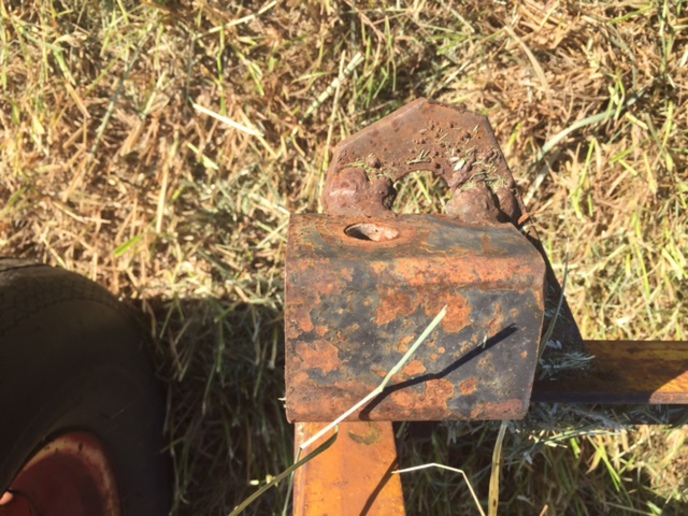I am looking to get a small welder for around the house & 4 acres, I have a small JD 770 w a box blade and will be adding or building implements as time and budget allows.
I took shop class in school and haven't really touched a welder that much in the last 25 to 30 years or so. I have been looking at farm auctions for a cutting torch they are still 300-400 at auctions for torches hoses and tanks.
But my main question on here today is what type of welder should I buy. I did not like stick welders because I was always either getting to close and sticking or to far away and losing my arc.
I have been looking at Lincoln's little wire feed welders but some use a gas (argon?) for shielding wind? while some do not.
and what is TIG and MIG welding
Thanks for your patience
I took shop class in school and haven't really touched a welder that much in the last 25 to 30 years or so. I have been looking at farm auctions for a cutting torch they are still 300-400 at auctions for torches hoses and tanks.
But my main question on here today is what type of welder should I buy. I did not like stick welders because I was always either getting to close and sticking or to far away and losing my arc.
I have been looking at Lincoln's little wire feed welders but some use a gas (argon?) for shielding wind? while some do not.
and what is TIG and MIG welding
Thanks for your patience




